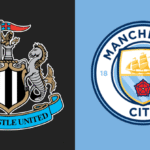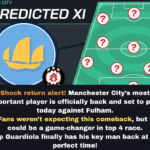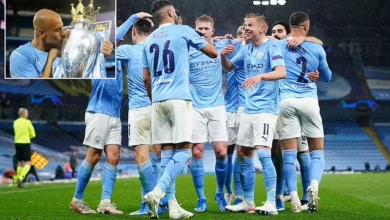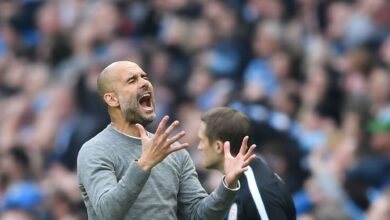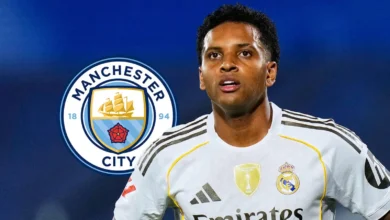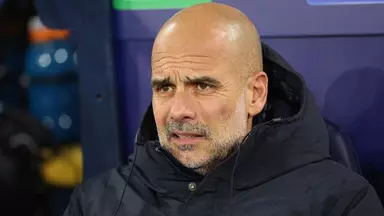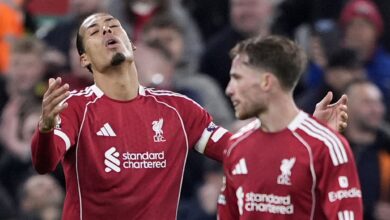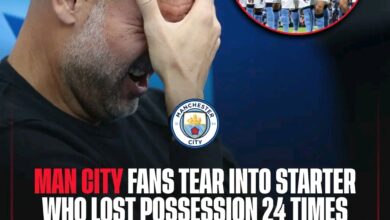Jack Grealish Transfer Saga: A Comprehensive Analysis of His Manchester City Exit
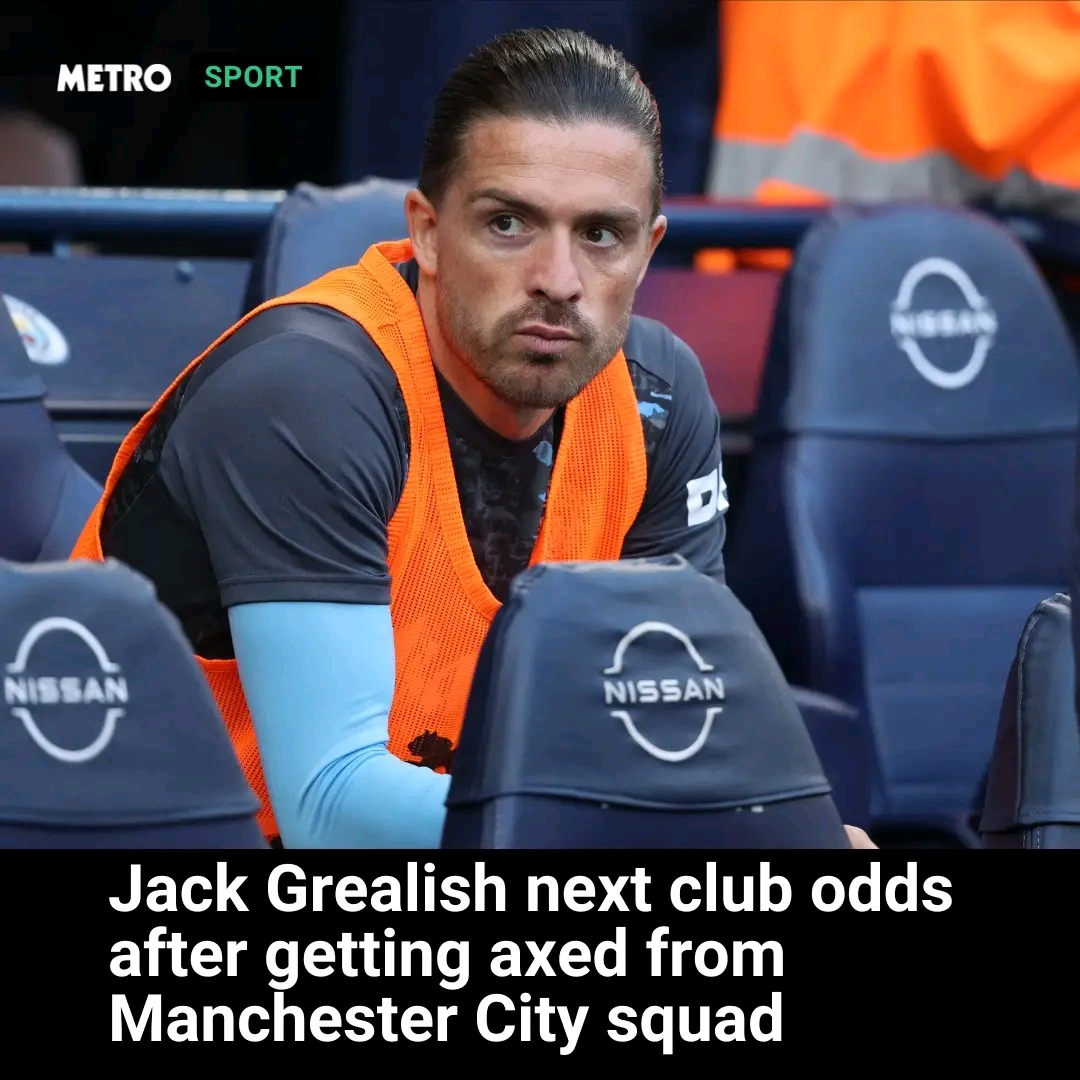
The football world has been buzzing with speculation surrounding Jack Grealish’s future at Manchester City, and recent developments suggest that the England international’s time at the Etihad Stadium may be drawing to a close. As Manchester City prepares for their final Premier League fixture of the 2024-25 season against Fulham at Craven Cottage, one notable absence from Pep Guardiola’s squad has sent shockwaves through the football community: Jack Grealish has been completely omitted from the matchday roster
This exclusion represents far more than a tactical decision for a single match. According to reports from The Telegraph, Guardiola’s decision to leave Grealish out of the squad for such a crucial encounter – where City needs just a point to secure their top-five finish and Champions League qualification – serves as the clearest indication yet that the attacking midfielder’s Manchester City career is effectively over.
The timing of this decision speaks volumes about the relationship between player and manager. With Champions League qualification hanging in the balance, Guardiola’s choice to exclude a player of Grealish’s caliber and experience suggests that the Catalan coach has completely lost faith in the former Aston Villa captain’s ability to contribute meaningfully to the team’s objectives.
When Jack Grealish made his move from Aston Villa to Manchester City in the summer of 2021, the transfer broke records. The £100 million fee made him the most expensive British footballer in history, and expectations were naturally sky-high. City’s investment was based on Grealish’s exceptional performances for both club and country, particularly his instrumental role in England’s run to the European Championship final that same summer.
However, the reality of Grealish’s Manchester City career has fallen far short of these lofty expectations. Over his four seasons at the club, the 29-year-old has managed just 40 goal contributions across 157 appearances – a return that pales in comparison to the production expected from a player of his price tag and reputation.
The statistics paint a sobering picture of a player who has struggled to justify his massive transfer fee. In the current 2024-25 season alone, Grealish has made 32 appearances but started only 16 matches, contributing three goals and five assists. For a player earning £300,000 per week, these numbers represent a significant underperformance that has undoubtedly influenced Guardiola’s thinking.
It would be unfair to completely dismiss Grealish’s contributions during his time at Manchester City. The 2022-23 season, which culminated in City’s historic treble triumph, saw Grealish deliver some of his finest performances in sky blue. During that remarkable campaign, he played a crucial role in several key matches and demonstrated the qualities that initially attracted City’s interest.
His performances in the Champions League knockout stages, particularly against Bayern Munich and Real Madrid, showcased his ability to perform on the biggest stages. The treble-winning season represented the peak of Grealish’s City career, but it has also highlighted how far his form has declined since reaching those heights.
Grealish’s struggles at club level have been mirrored by his diminishing status with the England national team. Once considered one of the Three Lions’ most promising attacking talents, the midfielder found himself excluded from Gareth Southgate’s squad for Euro 2024 – a tournament held in Germany where England reached the final but ultimately fell short against Spain.
The emergence of younger, more dynamic players has pushed Grealish down the international pecking order. Players like Eberechi Eze, Morgan Gibbs-White, Morgan Rogers, and Anthony Gordon have all leapfrogged the former Villa captain in Southgate’s thinking, reflecting a broader trend of English football moving toward more direct, pace-oriented attacking players.
This international exile has undoubtedly affected Grealish’s confidence and market value. Without regular appearances for England, his profile has diminished, making potential suitors less willing to meet Manchester City’s likely asking price for his services.
Perhaps the most telling indication of Grealish’s fall from grace came during Manchester City’s FA Cup final defeat to Crystal Palace. In a match where City desperately needed creativity and goals, Guardiola chose to introduce teenage debutant Claudio Echeverri rather than turn to his experienced England international. This decision spoke volumes about the manager’s assessment of Grealish’s current contribution to the team.
Guardiola’s treatment of players he no longer considers essential has historically been swift and decisive. The Spanish coach’s willingness to cast aside even high-profile, expensive signings when they fail to meet his exacting standards has been demonstrated repeatedly throughout his managerial career. Grealish appears to be the latest casualty of this uncompromising approach.
While Grealish’s departure from Manchester City appears inevitable, securing his next destination presents significant challenges. At 29 years old, he is no longer the promising young talent who commanded such a massive transfer fee. Additionally, his current wages of £300,000 per week represent a substantial financial commitment that many clubs would struggle to accommodate.
These factors combine to create a complex transfer situation. Premier League clubs capable of affording his wages may be reluctant to invest heavily in a player who has struggled to maintain consistent form. Meanwhile, clubs in other leagues might question whether Grealish’s skill set translates effectively to different tactical systems and playing styles.
According to bookmakers’ odds, Serie A appears to offer the most likely destination for Grealish’s next career move. Napoli, the current champions of Italy, are favored at 11/4 to secure his signature, with AC Milan also featuring prominently in the betting at 13/22
The Italian connection makes considerable sense from multiple perspectives. Serie A has developed a reputation as a league where experienced Premier League players can rediscover their form and extend their careers. The tactical sophistication of Italian football, combined with a generally slower pace of play, could suit Grealish’s technical abilities and vision.
Antonio Conte’s Napoli represents a particularly intriguing option. The Italian manager’s track record of revitalizing players’ careers, combined with Napoli’s recent success and Champions League participation, could provide the perfect environment for Grealish to rebuild his reputation. The departure of Khvicha Kvaratskhelia to Paris Saint-Germain in January has also created a clear vacancy on the left side of Napoli’s attack.
The success story of Scott McTominay at Napoli serves as a compelling precedent. The Scottish midfielder’s transformation from Manchester United squad player to Serie A MVP demonstrates how a change of scenery and tactical system can dramatically improve a player’s fortunes. Grealish will undoubtedly be aware of McTominay’s renaissance and may view Italy as offering similar opportunities for career rejuvenation.
Despite the challenges, several Premier League clubs feature in the betting odds for Grealish’s next destination. Nottingham Forest, priced at 7/2, represent an intriguing option for a player looking to rebuild his career in familiar surroundings. The City Ground club’s recent Premier League consolidation and ambitious ownership group could make them an attractive proposition.
Tottenham Hotspur, listed at 9/1, would offer Grealish the opportunity to remain in London while playing for a club with European aspirations. However, Spurs’ own recent struggles and tactical uncertainties might make this move less appealing to all parties involved.
Perhaps most surprisingly, there remains an outside chance of a move to Manchester United, priced at 25/1. Such a transfer would be sensational, making Grealish the first player to cross the Manchester divide since Owen Hargreaves in 2011. While the odds suggest this scenario is unlikely, the potential for such a dramatic move cannot be entirely dismissed in modern football’s unpredictable transfer market.
At 10/1, Aston Villa represents another fascinating possibility for Grealish’s future. A return to Villa Park would complete a remarkable full circle in the player’s career, allowing him to rejoin the club where he developed into an England international and Premier League star.
Villa’s current position as a Champions League-qualified team under Unai Emery would offer Grealish the opportunity to play European football while returning to familiar surroundings. The emotional appeal of such a move, combined with Villa’s evident ambition and improved financial position, could make this option particularly attractive to both player and club.
However, Villa’s current success with players like Ollie Watkins, John McGinn, and Morgan Rogers might make them reluctant to disrupt their winning formula by reintroducing a former hero whose best days may be behind him.
The football community’s assessment of Grealish’s situation has been largely unanimous. Alan Shearer, the former England captain and current television pundit, delivered a particularly damning verdict following City’s FA Cup final defeat. Shearer’s assertion that “his time is up at Man City” and “for whatever reason Pep is done with him” reflects the broader consensus among football observers.
Shearer’s analysis highlights the psychological aspect of Grealish’s situation. When a manager of Guardiola’s stature publicly demonstrates a lack of faith in a player, it becomes almost impossible for that relationship to be repaired. The damage to confidence and team dynamics often proves irreversible.
Industry experts have also pointed to the broader implications of Grealish’s struggles for Manchester City’s transfer strategy. The club’s willingness to absorb such a significant financial loss on a marquee signing demonstrates their commitment to maintaining squad harmony and tactical coherence above sentimental considerations.
The financial aspects of Grealish’s potential departure present complex challenges for all parties involved. Manchester City will likely need to accept a significant loss on their initial investment, with transfer fees potentially reaching only £40-50 million for a player they purchased for £100 million just four years ago.
This depreciation reflects several factors: Grealish’s age, his reduced playing time, his international absence, and the general reluctance of clubs to invest heavily in players who have struggled to adapt to new environments. The harsh reality of football’s transfer market means that even talented players can see their values plummet rapidly when form and confidence desert them.
For potential suitors, the financial package required to secure Grealish’s services extends far beyond the transfer fee. His current wages represent a significant ongoing commitment, and few clubs possess both the desire and financial capacity to meet such demands. This situation may necessitate either a significant salary reduction from Grealish or substantial financial contribution from Manchester City to facilitate the transfer
Grealish’s struggles at Manchester City can be partially attributed to tactical misalignment. His preferred style of play, characterized by carrying the ball, drawing fouls, and creating space through individual brilliance, sometimes conflicts with Guardiola’s emphasis on quick passing, positional discipline, and collective movement.
At Aston Villa, Grealish thrived as the focal point of the team’s attacking play, with teammates actively seeking to provide him with the ball in advanced positions. At Manchester City, he has often appeared constrained by tactical instructions that limit his natural instincts and reduce his impact on games.
This tactical incompatibility suggests that Grealish might flourish in a different system that better accommodates his strengths. Italian football’s emphasis on tactical intelligence and technical ability, rather than pure pace and pressing intensity, could provide the ideal environment for his skills to re-emerge.
Grealish’s situation reflects broader trends in contemporary football, where even expensive signings are discarded if they fail to meet immediate expectations. The pressure on clubs to achieve success in multiple competitions has reduced patience with underperforming players, regardless of their reputation or transfer fee.
This environment particularly challenges creative players like Grealish, who may require time and tactical adjustment to reach their potential in new surroundings. The modern game’s intensity and tactical sophistication have made it increasingly difficult for flair players to impose their individual brilliance on matches consistently.
Jack Grealish’s imminent departure from Manchester City represents one of the most significant transfer stories of the upcoming summer window. From a record-breaking signing full of promise to a squad player seeking a new challenge, his journey illustrates both the unpredictable nature of football careers and the unforgiving standards of elite-level competition.
As Grealish prepares for what appears to be his final chapter at Manchester City, the football world watches with interest to see where his considerable talents might find their next home. Whether in the tactical sophistication of Serie A, the familiar surroundings of the Premier League, or perhaps even an emotional return to Aston Villa, the next phase of his career will determine whether he can recapture the form that once made him one of English football’s most exciting prospects.
The coming weeks will likely see intensive negotiations between Manchester City, Grealish’s representatives, and interested clubs. While his time at the Etihad may not have fulfilled its initial promise, at 29 years old, Grealish still possesses the technical ability and experience to make a significant impact at the right club in the right system.
For Manchester City, moving on from Grealish represents both a financial write-off and a tactical necessity. For Grealish himself, it offers the opportunity for a fresh start and the chance to prove that his best football may still lie ahead. In the unpredictable world of football transfers, sometimes a change of scenery is precisely what both player and club need to move forward successfully.
The summer of 2025 will likely be remembered as the time when one of England’s most technically gifted players sought to rediscover his magic in new surroundings, leaving behind the weight of expectations and the burden of an unfulfilled promise at one of the world’s biggest clubs.



